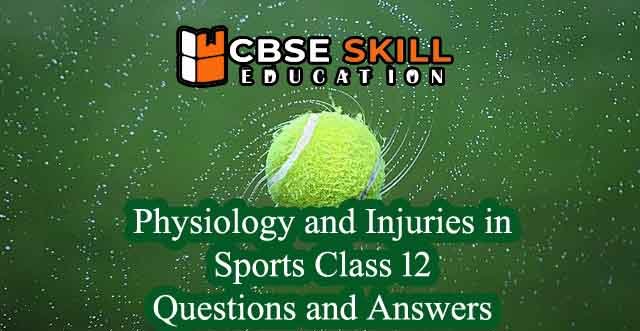Physical Education Class 11
Share with othersPhysical Education Class 11: In CBSE Class 11, physical education is a key topic since it helps students develop their physical, mental, and social well-being. Students learn about several sports and games through this course, including their rules, abilities, and strategies. Physical Education Class 11 Phsical Education Class 11 Notes 1. Unit 1 … Read more




